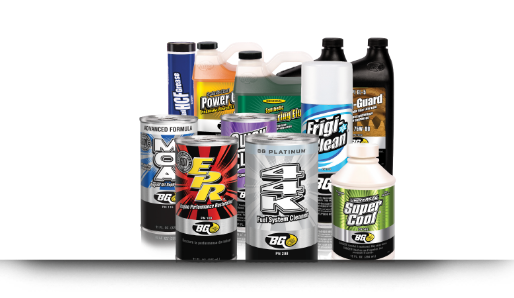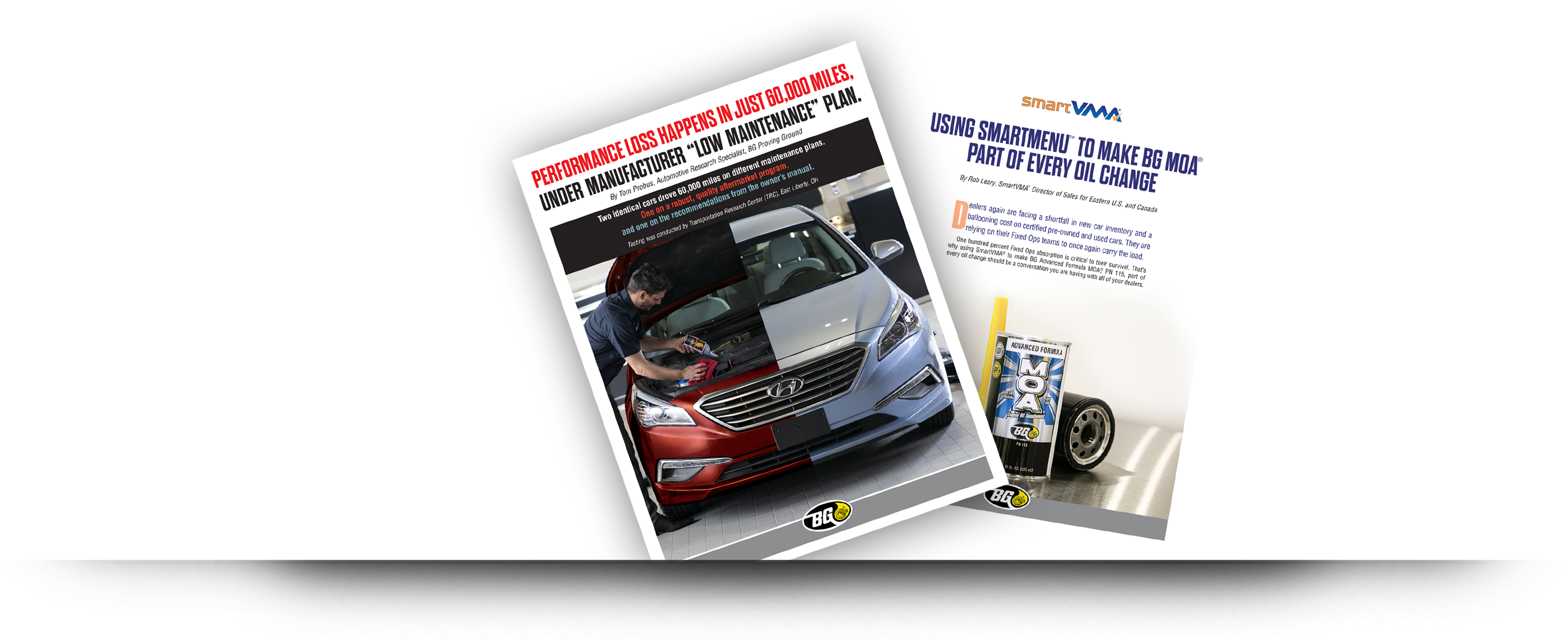But is this enough for diesels to meet future air standards? Not quite. An additional method of reducing the output of particulate matter producing black smoke (soot) is needed. Soot is actually tiny particles of burned and partially burned fuel. New 2007 engines also incorporate a new high efficiency particulate filter (trap) to catch all those particles before they have a chance to escape into the air. These traps are highly efficient and “scrub” the exhaust plume so that when it exits the exhaust pipes, it is almost as clean as the emissions produced by a gasoline engine.
However, there is one catch—continued use of 500ppm sulfur fuel will quickly coat the particulate filter. Over time sulfur will poison and plug up the filter, thus rendering it useless. Without the filter operating as it should, all emissions gains are lost!

What's the cure?
“BG’s premium diesel conditioners have always provided lubricity as part of their package,” Belluomo said. Other beneficial ingredients of BG diesel supplements include corrosion protection, deposit removal, fuel stability and fuel gelling control in cold temperature. “In fact, our newest product has been formulated especially for consumer use. BG DFC with Lubricity HP, Part No. 225, will greatly enhance diesel fuel lubricity and prevent fuel-related wear,” Belluomo added.






